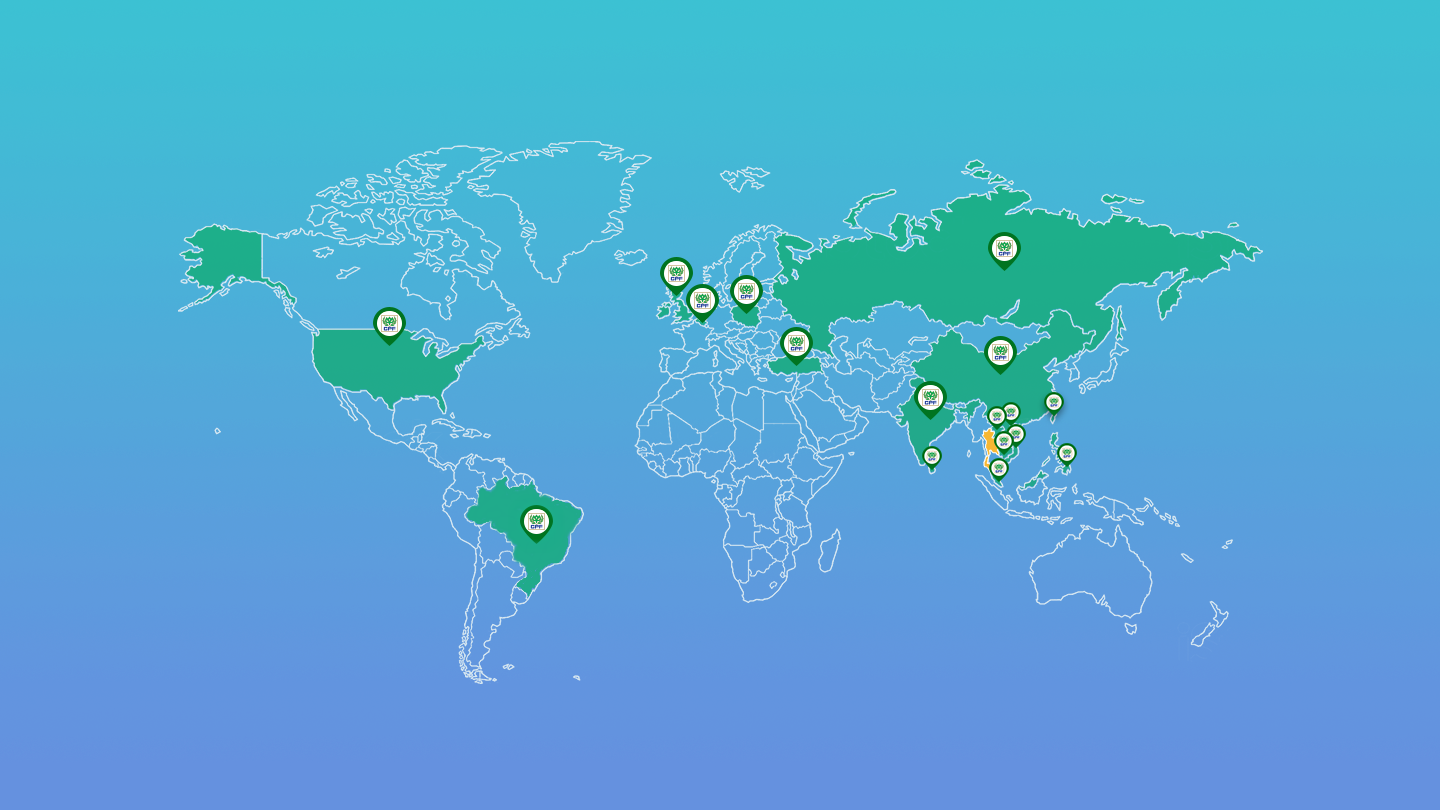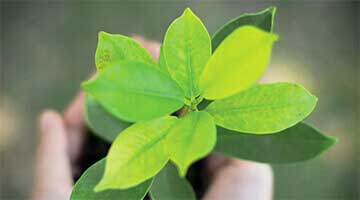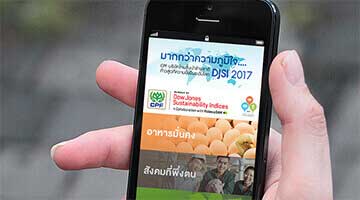During 1970 and 2016, the Living Planet Index (LPI) had continued to decline. By 2016, the average global animal population decreased by 68 percent. Forest resources which are food sources, genetic sources for production of medicines, and habitats of pollinating animals, pollinators and insects, have been constantly destroyed. This is mainly due to forest encroachment for agricultural activities such as growing food crops and raising animals, along with the use of chemicals, pesticides, chemical fertilizers, and agricultural burning. As a result, the world's biodiversity that is essential to human food production is lost. Food producers and retailers, therefore, have focused on sourcing raw materials that are not derived from areas of deforestation and that are free of forced labours.
Management Approach

Determining Sustainable Policies and Business Operations
Sharing sustainable business practices with suppliers through the Sustainable Sourcing Policy and Supplier Guiding Principle, in line with the Biodiversity and Zero Deforestation Commitment, in order to create a solid business foundation on the basis of systematic environmental and social stewardship throughout the supply chain.

Sustainability Risk Assessment and Audit
Assessing supply chain risks on a yearly basis and supporting new suppliers to conduct sustainable business, as well as assessing suppliers according to CPF Supply Chain ESG Management Approach.

Traceability of Direct Raw Materials
Ensuring tracing of raw materials back to their sources to ensure that they are not derived from deforestation sites, that they are free from slavery, forced labour, and that they contribute to the protection of biodiversity on land and in the sea.

Developing Sustainable Competitive Potential together with Suppliers
Promoting sharing of knowledge and experiences, including encouraging exchanges of technologies, innovations, tools, machines and equipment used in production processes and agriculture in order to enhance suppliers’ competitive potential and to grow together in a sustainable way.

Creating a Network of Cooperation in Conservation and Restoration of Biodiversity
Jointly creating the network to promote agriculture and fisheries that do not cause damage to natural resource balance, providing technology to improve efficiency, supporting sustainable sourcing from local to international levels, and collaborating with internal and external agencies to conserve and restore terrestrial and marine ecosystems and biodiversity.
Commitment :
Sourcing raw materials, products or services from business partners in compliance with relevant laws and regulations, and with consideration of social and environmental impacts, and engaging with supply chain partners to promote sustainable business practices.
2030 Goals :
- 100% of key raw materials are traceable
- Increase 20,000 rais (3,200 hectares) of conservation, protection, and restoration of mangrove forests and watershed forests in strategic areas
- 100% of key raw materials from deforestation-free areas
Performance in 2022 :
- 59% of key raw materials are traceable (Operations in Thailand, Laos, Cambodia, Vietnam, Malaysia, India and the Philippines)
- Increase 14,870 rais (2,379 hectares) of conservation, protection, and restoration of mangrove forests and watershed forests in strategic areas
- 23% of key raw materials are from deforestation-free areas
Performance





